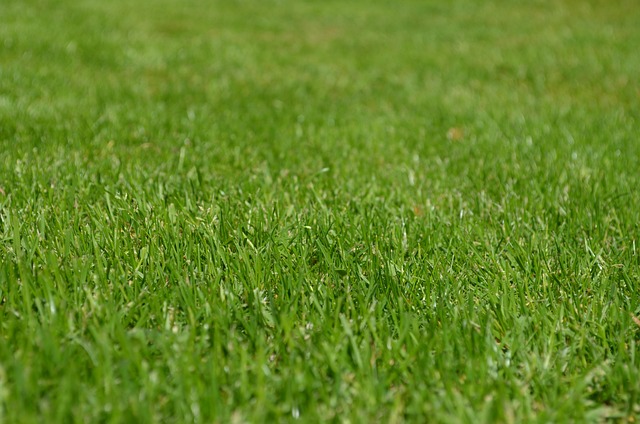Tree trimming is essential for maintaining a healthy, visually appealing landscape, improving sunlight penetration, preventing disease spread, and enhancing safety. Effective tree maintenance includes regular trimming, proper pruning, and responsible yard waste removal and recycling such as composting or chipping. These practices contribute to environmental sustainability by reducing landfill waste and promoting the reuse of organic materials. Many communities offer programs to facilitate these eco-friendly strategies.
Tree trimming is an essential practice for maintaining a healthy and vibrant landscape. This article delves into the benefits, essential practices, and effective strategies for both tree trimming and subsequent yard waste removal and recycling. Understanding how to manage tree debris responsibly can transform your garden while promoting environmental sustainability. By exploring practical tips and creative solutions, you’ll learn to minimize debris, maximize resources, and foster a greener, more sustainable outdoor space.
- Understanding Tree Trimming: The Benefits and Essential Practices
- Effective Strategies for Yard Waste Removal and Minimizing Debris
- Recycling Opportunities: Transforming Tree Trimming Debris into Useful Resources
Understanding Tree Trimming: The Benefits and Essential Practices

Tree trimming is an essential practice for maintaining a healthy and aesthetically pleasing landscape. It involves selectively removing parts of a tree, such as branches, to improve its structure, form, and overall health. This process offers numerous benefits beyond aesthetic appeal. By removing dead, diseased, or damaged branches, tree trimming can prevent the spread of infections and promote new growth. Moreover, it enhances sunlight penetration, which is crucial for photosynthesis, ensuring your trees remain robust and vibrant.
Proper tree trimming practices also contribute to safety by reducing the risk of falling debris during storms. This is particularly important for areas with towering trees close to homes or power lines. Effective tree maintenance includes regular trimming, pruning, and proper disposal or recycling of yard waste. Many communities now offer programs for responsible yard waste removal and recycling, encouraging environmentally conscious practices while ensuring a beautiful and safe outdoor space.
Effective Strategies for Yard Waste Removal and Minimizing Debris

Effective strategies for yard waste removal and recycling are essential for minimizing debris and maintaining a clean, sustainable environment. One key approach is to compartmentalize waste streams. Separate organic materials like leaves, grass clippings, and food scraps for composting, which enriches soil and reduces landfill contributions. For non-organic items such as branches and wood chips, consider chipping them for use in pathways or landscaping.
Additionally, timely tree trimming plays a vital role. Regular pruning not only enhances the aesthetic appeal of trees but also prevents the accumulation of deadwood, reducing the risk of fire hazards and pest infestations. Responsible removal methods, such as recycling or reusing trimmings where possible, contribute to a more eco-friendly yard management strategy.
Recycling Opportunities: Transforming Tree Trimming Debris into Useful Resources

Tree trimming is not just about aesthetics; it presents an opportunity to contribute to a greener environment by focusing on responsible yard waste removal and recycling. Instead of viewing tree pruning debris as mere garbage, consider its potential as valuable resources. Many materials from trimmed branches and leaves can be recycled or repurposed, reducing the amount sent to landfills.
For instance, wood chips derived from tree trimming can be used in landscaping as mulch, which helps suppress weeds, conserve soil moisture, and enhance soil fertility. Similarly, compost made from organic yard waste, including trimmings and leaves, is an excellent natural fertilizer for gardens and parks. Some communities even have programs that collect and process this material, making it readily available to local residents and businesses.
Tree trimming is not just about aesthetics; it’s a crucial practice for maintaining a healthy landscape. By understanding the benefits and adopting effective strategies, you can ensure your trees thrive while efficiently managing yard waste. Implementing proper debris removal techniques not only keeps your space tidy but also opens doors to recycling opportunities, transforming trimmings into valuable resources. Embrace these practices to create a sustainable and vibrant outdoor environment, reducing waste and maximizing the potential of your greenery.
